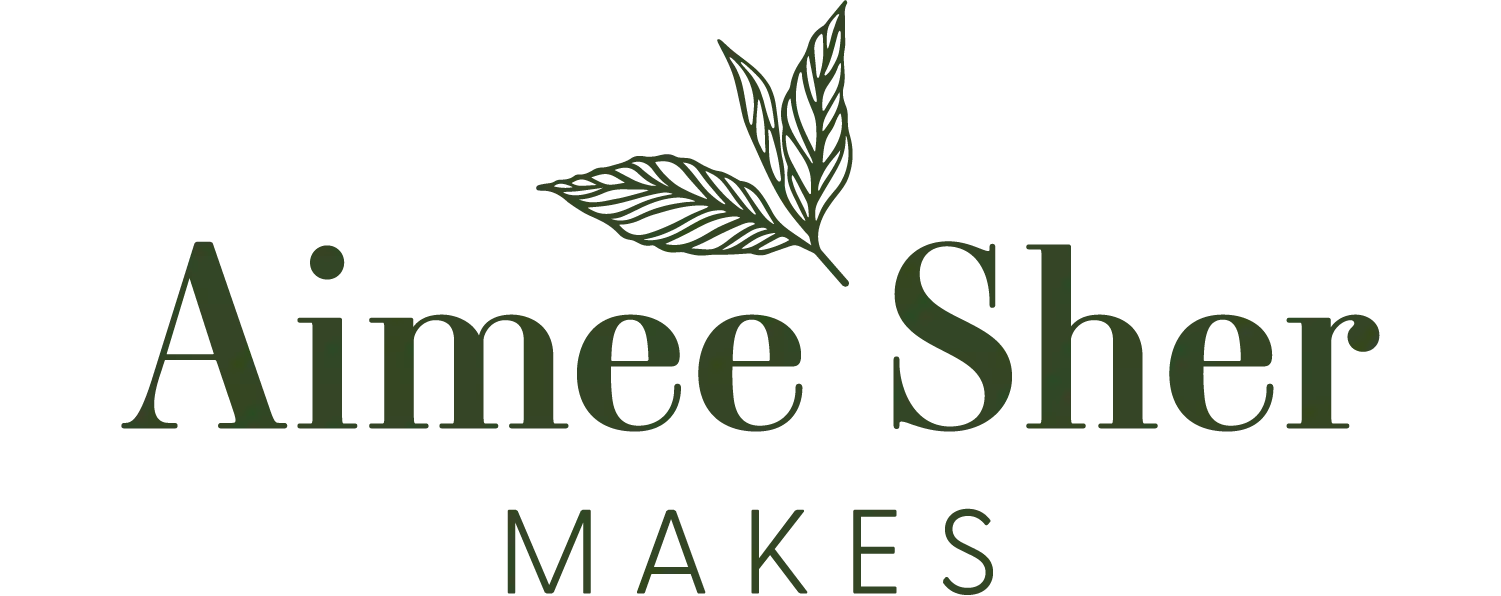
Knitting with silk, linen, and cotton more easily
Warm weather is upon us! As the weather warms up, we knitters either put away all our knits, continue knitting our our cold weather knits with abandon (“The weather is not the boss of me!” as one customer of mine said), or turn our eyes to knitting with lighter weight yarn in the fingering weight range.
Some of us even venture into cellulose based fibers that are more suitable for warm weather knitting, such as linen, cotton, bamboo, and silk.
These fibers are some of my favorites to wear, too. And now, more than ever, more sustainable options for linen, cotton, and silk are available on the market (bamboo is never sustainable, but that's a conversation for another day).
However, many of us experience difficulty with pain while knitting with these types of fibers. While I'm not a medical professional, I do experience a lot of chronic pain while knitting, and here are some things I've learned that help me over the years.
Plus, even when summer fibers don't hurt me, the heavy gripping I did on the needles made me so slow which is definitely not what we want for a speedy summer top knit in fingering weight.
Disclaimer: This post contains a mix of affiliate links and links to our own shop.
So, without further ado, my top tips for working with summer fibers with maximum joy and less pain:
Ease yourself in with a blend
Our first two yarns from this category in our shop are both wool blends, and for good reason. Wool fibers are comfortable for a reason--the most common breeds we use all have good amounts of crimp, and thus bounce in the finished spun yarn.
Having at least 50% wool blended in with fibers like linen, cotton, and silk can really help ease your way, and the two yarns we have tested hard for our shop both knit nearly exactly like wool.

Pictured: Wooldreamers' Saona
In the words of one of our testers,
"The wool provided a bit of stretch to the cotton so it wasn’t hard on my hands like most cottons tend to be. My finished garment is light & airy without feeling sheer or too delicate and it blocked like a dream."
If you're having trouble with pure linen, silk, or cotton, give a blend a try.
You'll get some of the benefits of the cellulose fibers, such as breathability and cooling, but still have the bounce of wool to help your hands work without pain and without slowing you down.
Change Up Your Needles

Pictured: Addi Turbo Squared Interchangeable Set
If you're using 100% cellulose fibers like the ones we mentioned here, I used to be team smooth and slick needles, such as Addi Turbo needles, because they are fast and easy to use.
I was nearly halfway through an 100% silk cable top when I realized I was gripping the needles for dear life. And I was starting to develop some serious wrist pain.
Due to how slippy these fibers are, and how they have basically no recovery/bounce, they will move around on slick metal needles. I switched over to my Addi Turbo square needle set (pictured above) and blazed through the rest of the top with no further problems.
Even though it may sound counter intuitive, when I don't have to grip the needles, the needle shape that slows down the stitches from slipping actually helps me knit much faster. When it comes to cellulose fibers, I highly recommend changing up the needle material or shape. For needle shape, look for square ones like the ones above. For a budget option, you might look to KnitPicks and their Foursquare line (affiliate link).
To change up your needle material, try looking at bamboo or wood needles to help you get a grip on these slippery fibers.
Take lots of breaks & stretch
Take periodic breaks and follow best practice. For every 20 minutes of knitting, you should be stopping to stretch and move around a little. Set a timer if you must, but this is critical to keeping everything loose.
My favorite account to follow on Instagram for knitter-focused stretching exercises is @TheKnittingPT, and this is what she has to say about summer fibers:
My best tip for making sure you prevent injury is... Make sure you are evaluating your posture and grip often, and at the first sign of heavy gripping or bad posture, take a break and stretch. Check out Andrea's account for way more information about all of this!
In conclusion...
Keep an eye out on your health and be body-aware. Being safe with your surroundings, posture, and conscious of the type of yarn you're knitting and keeping track of how you are feeling, will be some of the key factors to keeping your speed & not injuring yourself.
And as always, if you are starting to feel pain, try to see a medical professional and get on top of it ASAP. In the past, when I've put it off, I've paid for it dearly. After all, I don't want to lose my ability to knit at all, so whenever pain starts, I stop or see a medical professional to triage my problems.
Hopefully, these tips have given you something to think on as the weather warms up!




1 comment
Try the addi erewhon spiraled needles. Very easy on the wrists. Plus the pink cables have slits so you can add a lifeline!
Janet
Leave a comment
This site is protected by hCaptcha and the hCaptcha Privacy Policy and Terms of Service apply.